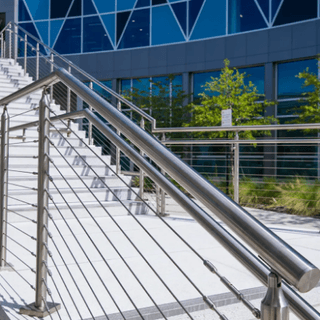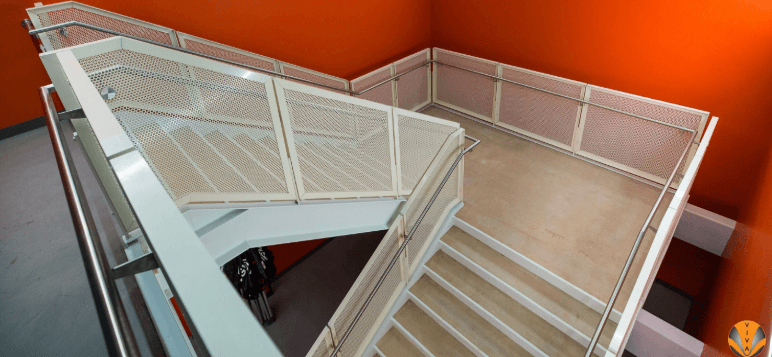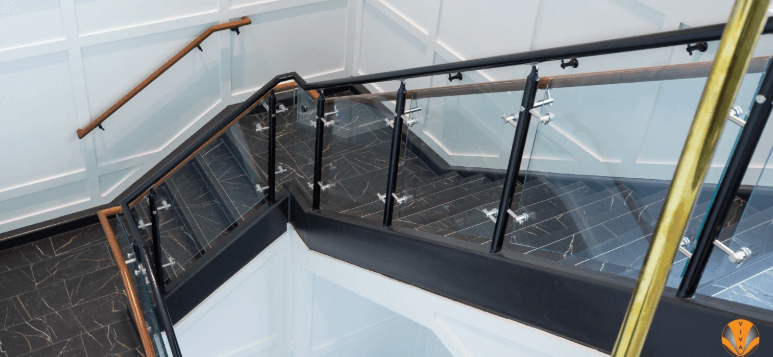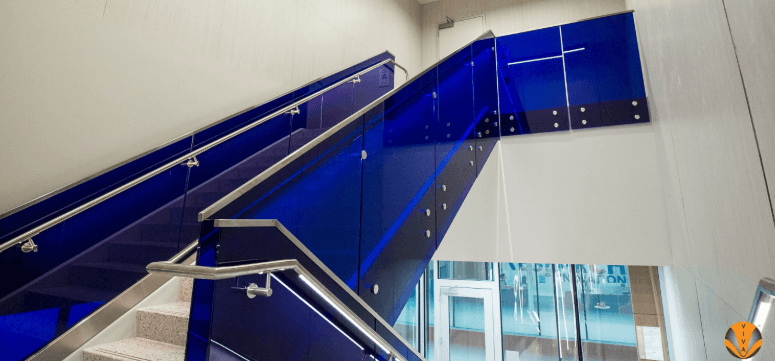Railing systems offer safety and style, but designing them can be more difficult than it may seem at first glance. There are a number of factors to consider before purchasing a railing system that meets all of your design and safety goals. Let’s walk through seven factors that can impact your decision when purchasing a railing system.
1. Safety
Safety is paramount when choosing and purchasing a railing system which has the primary purpose of supporting those who use the stairway, ramp, or walkway. Railing systems not only provide support, but they also act as guards to prevent people from falling over the edge of the stairs, ramps, raised walkways, and balconies. A system that provides proven safety will create peace of mind for the building owners and the building's tenants, residents, employees, or visitors.
2. Durability
Stairs and ramps see a lot of daily use, which is why durability is one of the top factors to consider before purchasing a railing system. Materials like stainless steel, wood, and glass are known to stand the test of time and will hold up in both interior and exterior applications. For systems that need to be powder coated, the process uses an electrostatic charge to hold the paint particles to the steel, reducing the chance that it will get chipped or scratched.
3. Building Code and ADA Compliance
Local building codes, typically based on the International Code Council’s International Building Code (IBC) and other model codes such as the International Energy Conservation Code (IECC) and International Fire Code (IFC), lay out the requirements that buildings need to follow to ideally create the highest level of safety. The requirements set by the ADA Standards for Accessible Design ensure that buildings are designed to be physically accessible to people with disabilities.
4. Sustainability
Sustainable design is important for the future of our environment, so working with sustainable materials and processes should factor into the decision making process. In the United States and countries around the world, the Leadership in Energy and Environmental Design (LEED) certification is the most widely used green building system. If your project is seeking LEED certification, choosing materials that fit the LEED criteria will help you achieve that goal.
5. Maintenance
Low-maintenance materials are often a good fit for commercial buildings to reduce the time spent keeping them clean and in good condition. Materials like stainless steel don’t require much maintenance — usually a wipe with a clean cloth and mild detergent or cleaner is sufficient. Wood railings may need a little more upkeep to ensure they’re free of moisture. Glass will need to be cleaned periodically to remove any fingerprints or smudges, but once clean will return to its original beauty.
6. Visibility
Choosing a railing system with different visibility options will allow you to customize the space to your needs. For instance, perforated panels, while they don’t completely block the view, don’t allow for as much visibility as glass or a cable railing.
7. Style and Design Options
The ability to create a railing design that complements the style and aesthetic of the space can help complete the space and integrate a functional element into the overall design. At VIVA Railings, we offer a wide range of customization options that allow you to create a handrail that fits the design while adding safety and meeting building codes.





